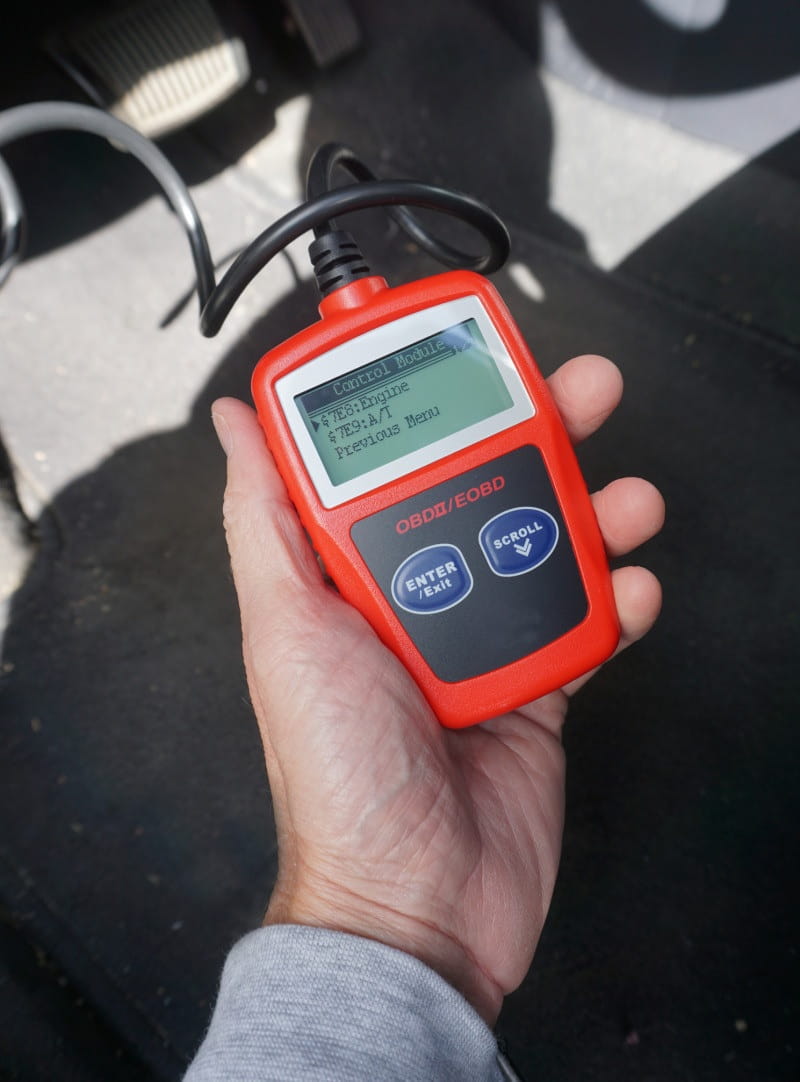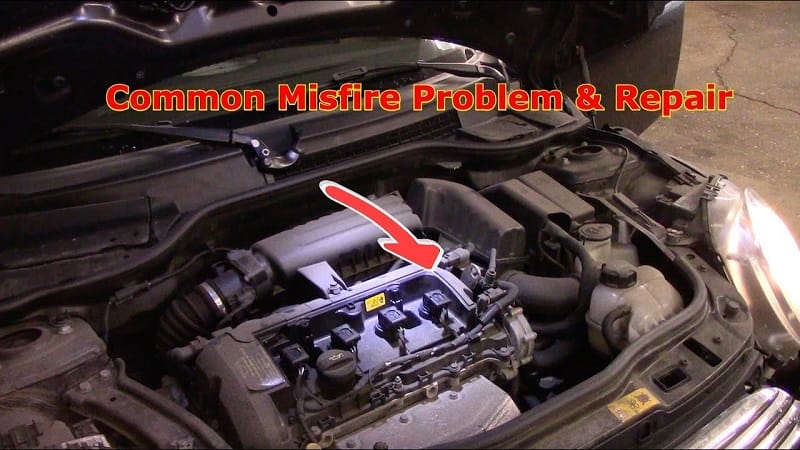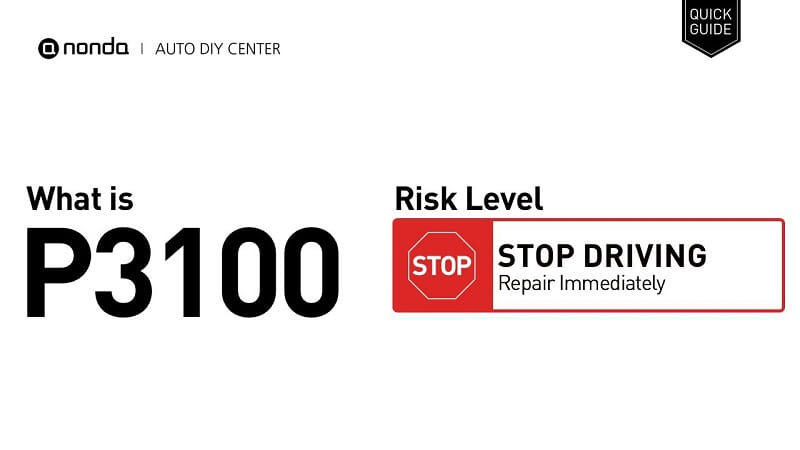This post contains affiliate links. This means I will make a commission at no extra cost to you should you click through and make a purchase [ “As an Amazon Associate, I earn from qualifying purchases.” ]. Read the full disclosure here.
Understanding P3100 Manufacturer Controlled DTC: Hybrid System Fault Diagnosis GuideMechanic.Com In modern vehicles, especially hybrids, onboard diagnostics play a critical role in identifying and resolving system malfunctions.
Trouble codes, or DTCs (Diagnostic Trouble Codes), help technicians isolate and correct specific issues. One such code, P3100, is a manufacturer-controlled code primarily seen in hybrid vehicles such as the Toyota Prius, Lexus RX400h, and other Toyota hybrid models.
Unlike standard OBD-II codes that are the same across all manufacturers, P3100 is specific to certain manufacturers and may vary slightly in its meaning and cause depending on the vehicle make and model.
This article explores what the P3100 code means, its common causes, how to diagnose it, and steps to repair and resolve the issue effectively.
See Also: P3200 Manufacturer Controlled DTC
P3100 Manufacturer Controlled DTC
What Is DTC P3100?

P3100 is a manufacturer-specific diagnostic code that typically indicates a malfunction in the hybrid control system. In Toyota and Lexus hybrids, this code suggests a problem within the hybrid vehicle control system, often pointing toward a failure in communication or operation between the hybrid control ECU, battery ECU, inverter, or other hybrid-specific components.
This code acts as a general fault indicator—meaning it flags a hybrid system issue but doesn’t isolate the exact component.
To determine the specific fault, technicians must access subcodes or information codes (INF codes) that accompany P3100. These INF codes provide precise data about the failure point.
Vehicle Applications
You are most likely to encounter P3100 in Toyota and Lexus hybrids, including:
- Toyota Prius (2001–2009, 2010–2015)
- Toyota Highlander Hybrid
- Lexus RX400h
- Toyota Camry Hybrid
While the code remains P3100, its associated INF codes (e.g., 123, 204, 526, etc.) are crucial in accurately diagnosing the root cause.
Manufacturer-Specific Definitions
Here’s how Toyota commonly defines DTC P3100:
General Description: “Malfunction in the hybrid vehicle control system.”
Subcode Example:
- INF 204: Inverter malfunction
- INF 526: Communication error between battery ECU and HV control ECU
- INF 123: Power management control ECU failure
These INF codes narrow down which subsystem or component is affected, providing a clearer diagnostic direction.
P3100 Manufacturer Controlled DTC
Common Causes of P3100

Since P3100 is a general code related to the hybrid control system, its root causes can vary. Here are the most common triggers:
Faulty Inverter Assembly
The inverter converts DC power from the HV battery to AC for the electric motor. A failure here, especially related to coolant leakage or power transistors, can trigger the code.
Hybrid Control ECU Malfunction
The brain of the hybrid system may miscommunicate with subsystems, leading to system faults and triggering the P3100 code.
Communication Errors Between ECUs
Faulty wiring, failed data links, or bad connectors between the hybrid battery ECU, inverter, and power management ECU can disrupt the system.
Cooling System Failure
If the inverter cooling system malfunctions (e.g., failed pump, low coolant), the system may overheat and cause P3100.
Weak or Faulty HV Battery
A deteriorating high-voltage battery can lead to voltage irregularities, triggering fault detection by the hybrid ECU.
Corrosion or Damaged Wiring
Environmental damage, rodent activity, or age-related wear may degrade wiring or connectors involved in hybrid system communication.
P3100 Manufacturer Controlled DTC
Symptoms of P3100
When DTC P3100 is active, the vehicle often displays one or more of the following symptoms:
- Illuminated Check Engine Light or Hybrid System Warning
- Reduced power or “limp mode”
- Poor acceleration
- Limited use of EV mode
- Battery not charging properly
- Cooling fans running excessively
These symptoms may also be accompanied by other hybrid-related codes, so a comprehensive scan is essential.
Diagnosing P3100 Code
Proper diagnosis of P3100 requires advanced diagnostic tools, preferably an OEM-level scan tool such as Toyota Techstream. Here is a step-by-step approach:
Connect Diagnostic Tool and Read Codes
Retrieve all DTCs and note any accompanying INF codes with P3100.
Interpret INF Code
Use Toyota’s service manuals or online databases to decode the INF number and identify the specific fault area.
Inspect Inverter System
Check inverter coolant level, pump operation, and look for signs of overheating or fluid leaks. Faults in this area are common causes of P3100.
Check Communication Lines
Use a multimeter to inspect voltage, ground, and continuity between ECUs. Look for shorts or open circuits.
Test HV Battery and Control ECU
Check battery block voltages, temperature sensors, and current flow. A weak block may trigger an error through the battery ECU.
Inspect Cooling System
Verify that coolant is circulating, especially through the inverter circuit. A failed pump is a known fault that contributes to hybrid malfunctions.
Review Technical Service Bulletins (TSBs)
Check for manufacturer updates related to P3100, as some vehicles may need ECU reprogramming.
P3100 Manufacturer Controlled DTC

Repair and Resolution
After identifying the root cause, here are the most common repairs for resolving P3100:
Replace or Repair Inverter Assembly
If found faulty, the inverter must be replaced. Some cases require flushing and refilling the coolant circuit after repair.
Fix or Replace ECU Wiring
Any damaged harnesses or connectors must be repaired or replaced to restore communication between modules.
Replace Failed Cooling Components
Faulty inverter cooling pumps, clogged lines, or low coolant must be addressed to avoid future overheating.
Replace Hybrid Control ECU or Battery ECU
If internal faults are diagnosed in the ECU, replacement and reprogramming may be necessary.
Reprogram or Update ECU Software
If a software issue is identified via TSBs, an update using the manufacturer’s scan tool may resolve the problem.
Clear Codes and Test
After repairs, clear all DTCs and perform a thorough test drive to confirm normal hybrid system function.
P3100 Manufacturer Controlled DTC
Preventive Maintenance
Preventing hybrid system codes like P3100 involves regular inspection and care of the vehicle’s critical systems. Here are some preventive steps:
- Check inverter coolant levels regularly
- Listen for abnormal fan or pump noises
- Have the hybrid battery inspected annually
- Keep the ECU connectors clean and dry
- Schedule hybrid system diagnostics during major services
Early detection of system wear can help avoid costly failures and maintain vehicle performance.
Conclusion
The P3100 Manufacturer Controlled DTC is a critical code in hybrid vehicles, signaling a fault within the hybrid control system.
While the code alone provides a general warning, the associated INF codes are essential in pinpointing the actual cause.
From inverter failures to cooling system issues and ECU malfunctions, diagnosing and resolving P3100 requires both specialized knowledge and tools.
With proper attention, a technician or informed vehicle owner can address this code effectively, ensuring the longevity and efficiency of the hybrid vehicle.
As hybrid technology becomes more common, understanding manufacturer-specific codes like P3100 becomes increasingly important for accurate and efficient vehicle diagnostics.
- 4×4 Truck for Sale Used - October 21, 2025
- 4×4 Truck for Sale Under 20K - October 15, 2025
- 4×4 Truck for Sale QLD - October 12, 2025
